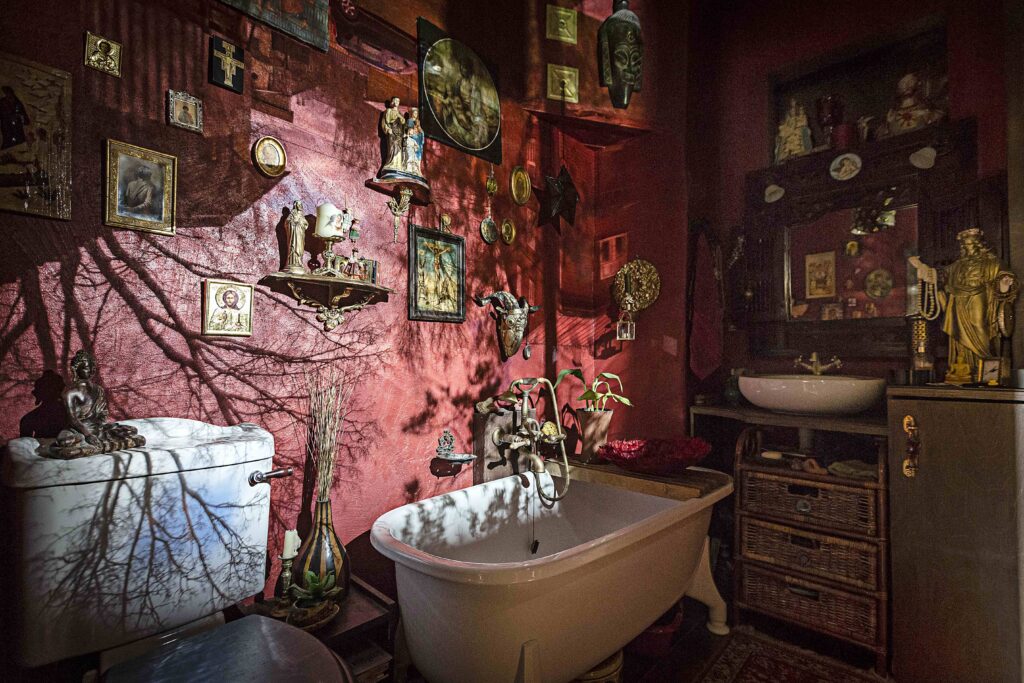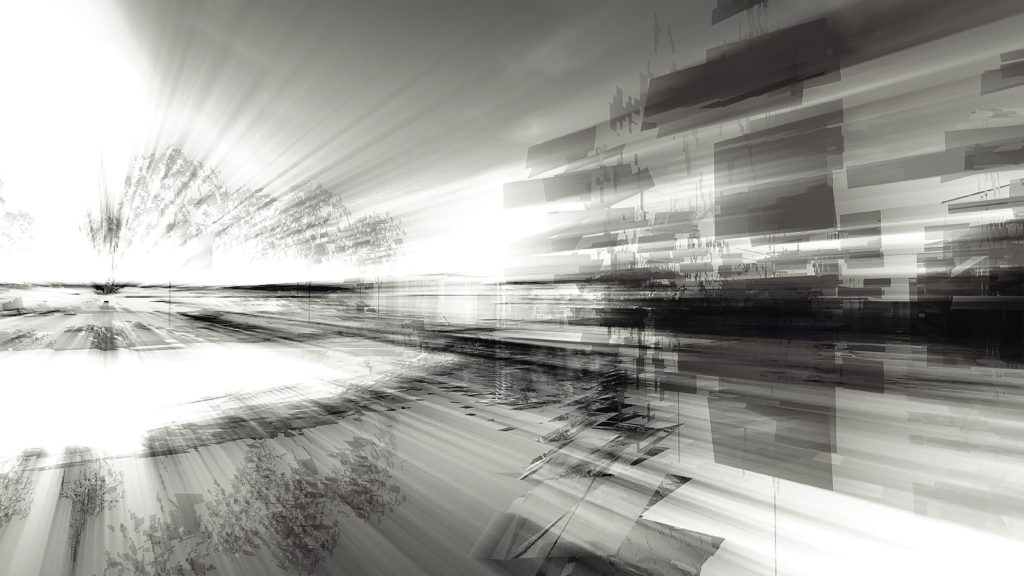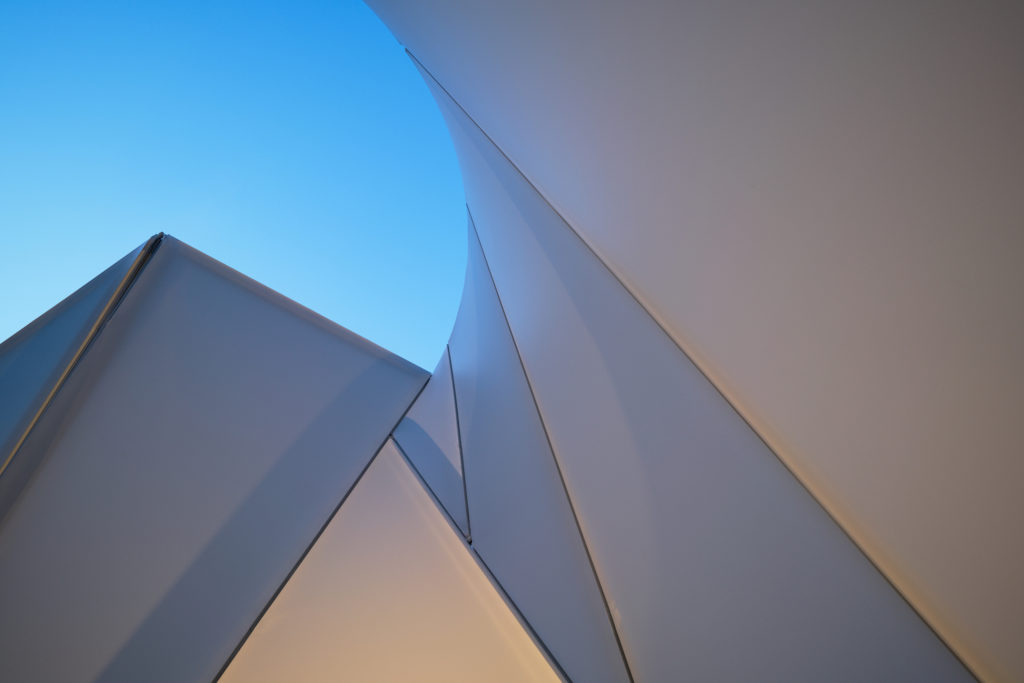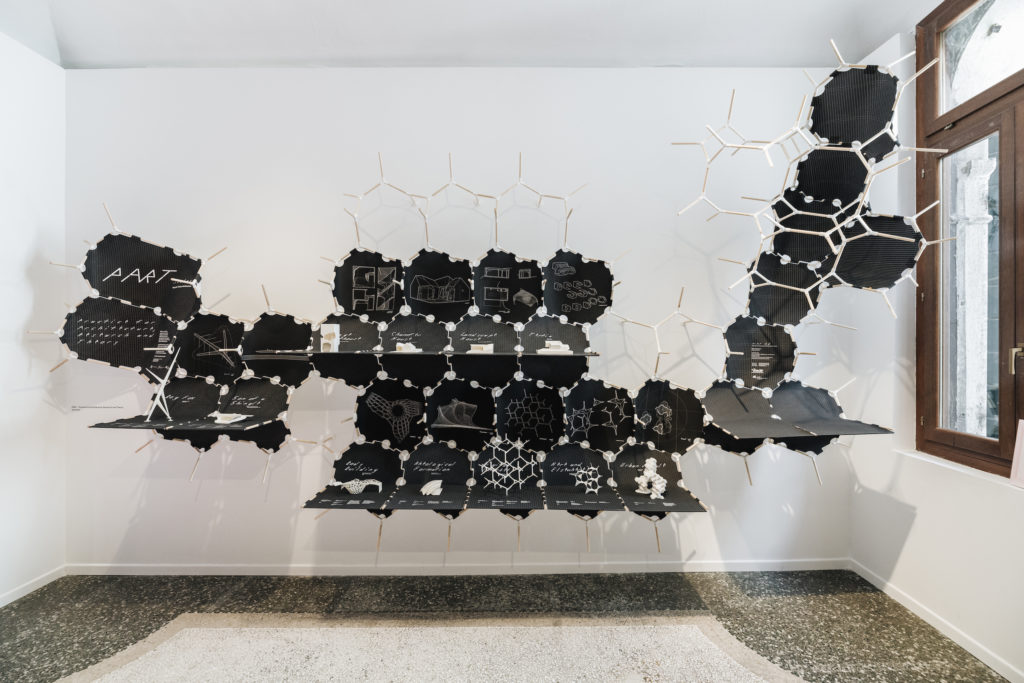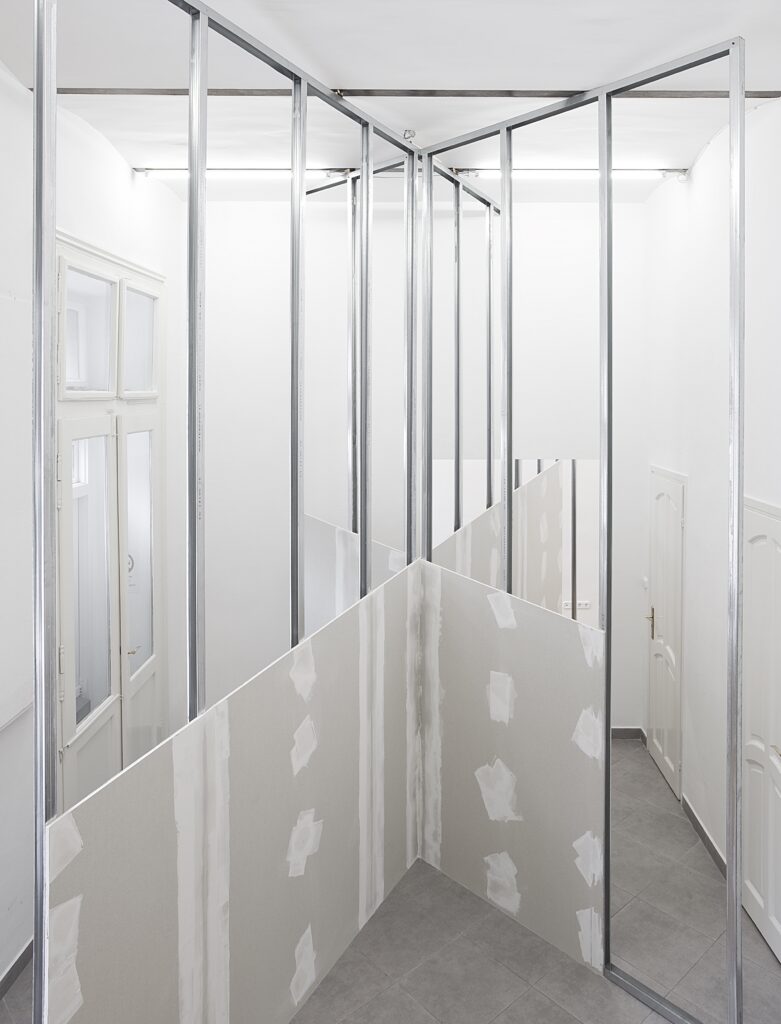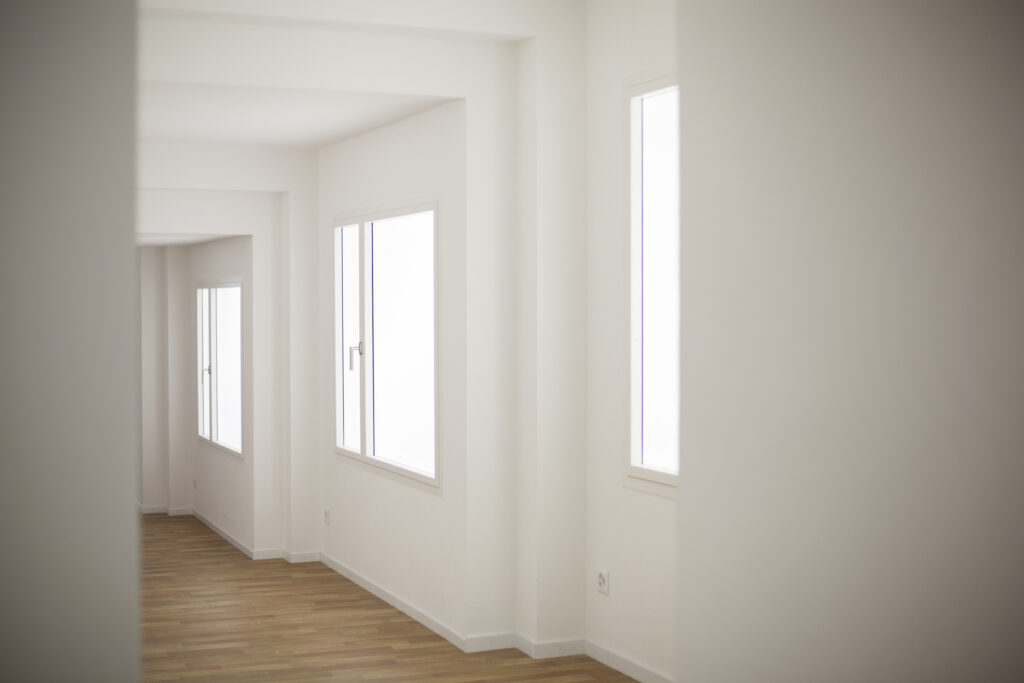Summer-autumn 2018: Essence and Experience of Architecture
Photo Essay by Johan Huimerind. Karlova Obscura II, 2016
Architecture is a practice that operates in an eternal field of tension between the measurable and unmeasurable, where the rational and justifiable materialises in contact with the artistic decisions which are made in the architect’s umwelt and whose internal genesis may often be undefinable and elusive to description. The following is an attempt to shed some light onto that part of the architect’s creative process that is in shadow.
The objective of the subjective preference theory founded by the Japanese acoustician Yoichi Ando is to examine the emergence of a satisfying aural experience in a space that supports learning and creative processes.
The translation of human thinking and machine thinking in architectural design is ambiguous, their mediation requires the architect to ask the questions “How come?” and “What for?” over and over again in the process.
The curators of 16th Venice Architecture Biennale “Freespace” Yvonne Farrell and Shelley McNamara feature a series of projects highlighting the social and humanistic facets of good architecture.
Exhibition and spatial installation in the main hall of the Museum of Estonian Architecture 27.01.-25.03.2018.
Urmo Mets’ Conceivable Houses can be read in either a conceptual or realist way. A realist reading is the opposite of a conceptual reading in the sense that the goal is not to take in a particular idea, but, on the contrary, to find oneself transported through the text into an imaginary environment where no normal or habitual processes can be expected to work.
The new building of Narva College features self-conscious architecture embodying the vitality of culture – mystery, courage and community.
Postitused otsas
ARCHITECTURE AWARDS


